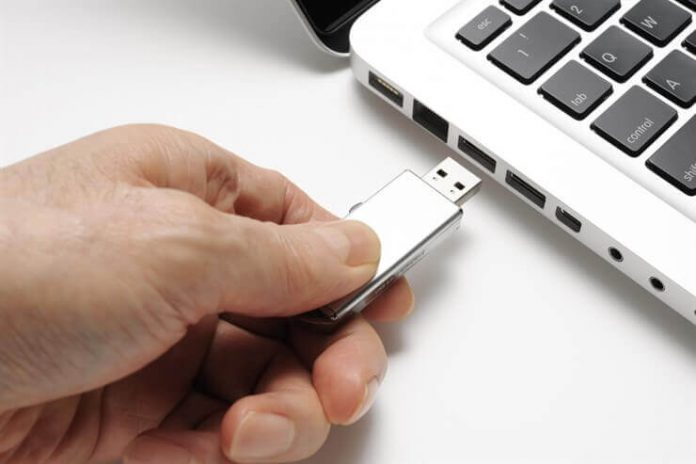Mac 101: Format Choices For USB Flash Drives
The first step in formatting a USB flash drive is to select its file system. Mac users can use HFS+, while Windows users can use FAT32. When you choose NTFS, the files on your drive will be encrypted, so they are not accessible. Likewise, you can choose either FAT32 or NTFS for your Mac. However, you should be aware that NTFS is the default for Macs.
You can use either FAT32 or exFAT to format a USB flash drive. Both have pros and cons. FAT32 is compatible with all versions of Windows, but it may be difficult to read data on the drive unless it is formatted properly. You can also format the drive using Disk Utility, which comes with recent Mac OS X operating systems. If you have an NTFS drive, a pop-up will appear saying that it is unreadable, but it will still be able to read the data.
When it comes to formatting a USB flash drive for use on a Mac, the first step is to determine the file system. The most common file system for USBs is FAT32, and it will work with Windows machines. However, you should keep in mind that FAT32 has a 4GB file size limit, so you should use an exFAT format if you want to use it with your Mac.
Once you have chosen a file system, you need to choose a name for your new device. The two most common file systems are HFS and FAT32. The FAT32 format is more common and is the most widely used for USB devices. It’s also more compatible with macOS and the Microsoft Office productivity suite. So, which one is right for your needs? The best option is to backup your USB drive with an external storage solution.
The FAT32 file system is more popular on Macs, and FAT32 is the best choice for drives larger than 32GB. For smaller USB flash drives, FAT32 is the preferred choice. When you have a USB drive with a larger capacity, FAT32 is better. Besides, it’s compatible with many operating systems. It’s also compatible with the FAT32 format on Windows.
APFS:
APFS is the most widely supported format for USB flash drives, while FAT32 is the least compatible. Both have their advantages and disadvantages. APFS is better for external hard drives, while FAT32 is better for USB devices. It’s more universal and can support files that are larger than 4GB. Hence, FAT32 is the best choice for modern USB flash drives. If you need to format a USB drive, you must first make sure that it has enough space for the files that you need to store.
APFS is the most widely supported partition scheme on Macs. It is the most common format for most USB flash drives. APFS is favored by Macs, and it’s the best choice if you need to store your files in a separate system from your computer. If you’re looking for a portable storage solution for your files, you can use a USB stick to store your files.
In addition to APFS, FAT32 is the most popular and universal file system. It is compatible with most Mac OS X devices, including the latest versions of Snow Leopard and 10.6.5. It’s not recommended for older computers. If you’re using an older computer, you can still use FAT32. It isn’t a good idea to format a drive with a file system other than FAT32.
Before formatting a USB drive, you need to make sure you have enough space on your Mac. A Mac uses the HFS+ file system and is more compatible with Windows than with NTFS. Moreover, the format choice for USB flash drives on a PC depends on the type of file system. If you’re using a PC, choose NTFS. It matches the behavior of UNIX.








